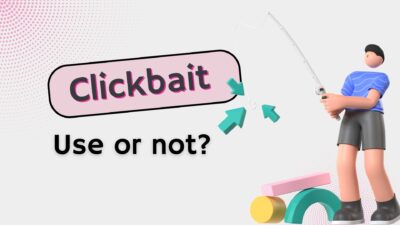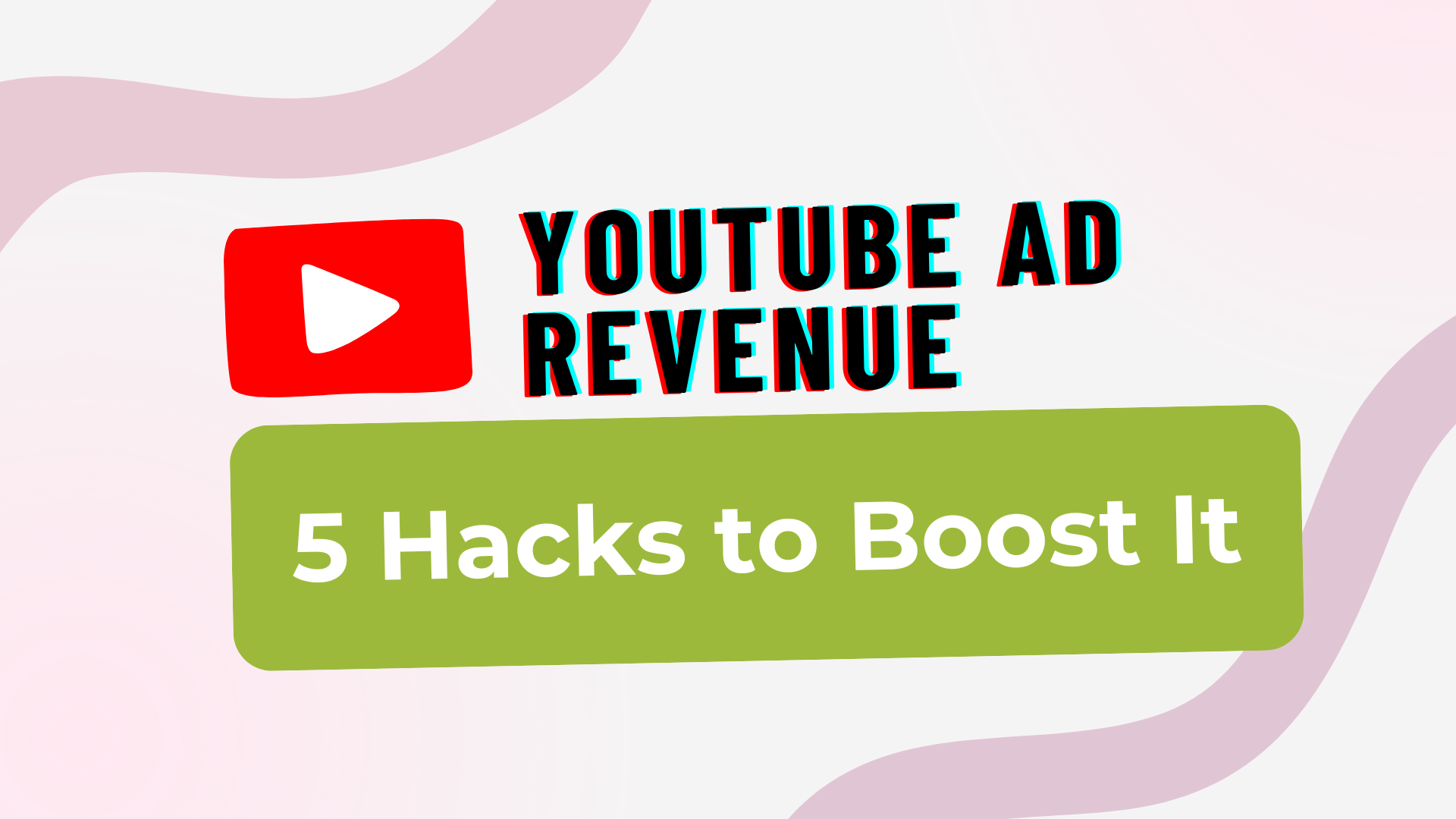
The term clickbait has become a buzzword among marketers, content creators, and everyday internet users. This article delves into what clickbait is, its purposes, the reasons it can be detrimental, its prevalence, its effectiveness, and whether it should be used in content strategy.
What is Clickbait?
Clickbait refers to content designed to entice viewers to click on a link, often through misleading thumbnails, titles, or descriptions. Unlike traditional content that provides substantial information, clickbait relies on sensationalism and exaggeration to attract clicks.
Characteristics of Clickbait:
- Misleading Titles: Titles that promise more than they deliver or create false expectations.
- Intriguing Thumbnails: Images that don’t accurately represent the content.
- Lack of Substance: Often, the content is shallow and does not provide the promised value.
What is the Purpose of Clickbait?
The primary goals of clickbait are straightforward:
- Increase Views and Clicks: By enticing users with sensational headlines, creators aim to boost traffic to their content.
- Generate Revenue from Advertisers: More clicks often translate to higher ad revenue, making clickbait an attractive strategy for many content creators.
Why is Clickbait Bad?
Despite its potential for immediate gains, clickbait can have several negative consequences:
- Erosion of Trust: When audiences feel deceived, they may lose trust in the source, leading to long-term damage to credibility.
- Increased Bounce Rates: Users who click on misleading content are likely to leave quickly, which can negatively impact search engine rankings.
- Direct Harm to Channels: Over time, reliance on clickbait can damage a channel’s reputation and lead to decreased engagement and loyalty.
How Common is Clickbait?
A recent survey indicated that over 30% of online content falls under the category of clickbait, and this number has likely increased as competition for attention intensifies. This prevalence raises concerns about the quality of information available online and the ethical implications of using such tactics.
Why is Clickbait Effective?
Despite its drawbacks, clickbait remains effective for several reasons:
- Curiosity: Clickbait titles often pique curiosity, compelling users to click to find out more.
- Promise of Instant Gratification: They often suggest that the content will provide immediate answers or entertainment.
- Fear of Missing Out (FOMO): Many clickbait headlines play on users’ fears of missing out on important information or trends.
Should You Use Clickbait?
The answer isn’t black and white. While it’s generally advisable to avoid clickbait due to its potential negative effects, there are ways to harness its techniques ethically:
Best Practices for Ethical Clickbait:
- Highlight Important Keywords: Use capitalization or bold text for key terms that accurately represent your content.
- Focus on Thumbnails: Invest time in creating engaging yet honest thumbnails that align with the content’s true nature.
While clickbait can drive traffic and increase revenue, it comes with significant risks that can undermine trust and long-term success. Content creators should strive for a balance, employing curiosity-driven techniques without sacrificing integrity. By focusing on delivering genuine value, you can create engaging content that attracts viewers without resorting to misleading tactics.
Ultimately, the goal should be to engage your audience meaningfully, ensuring they find the information they seek while building a trustworthy brand in the process.


